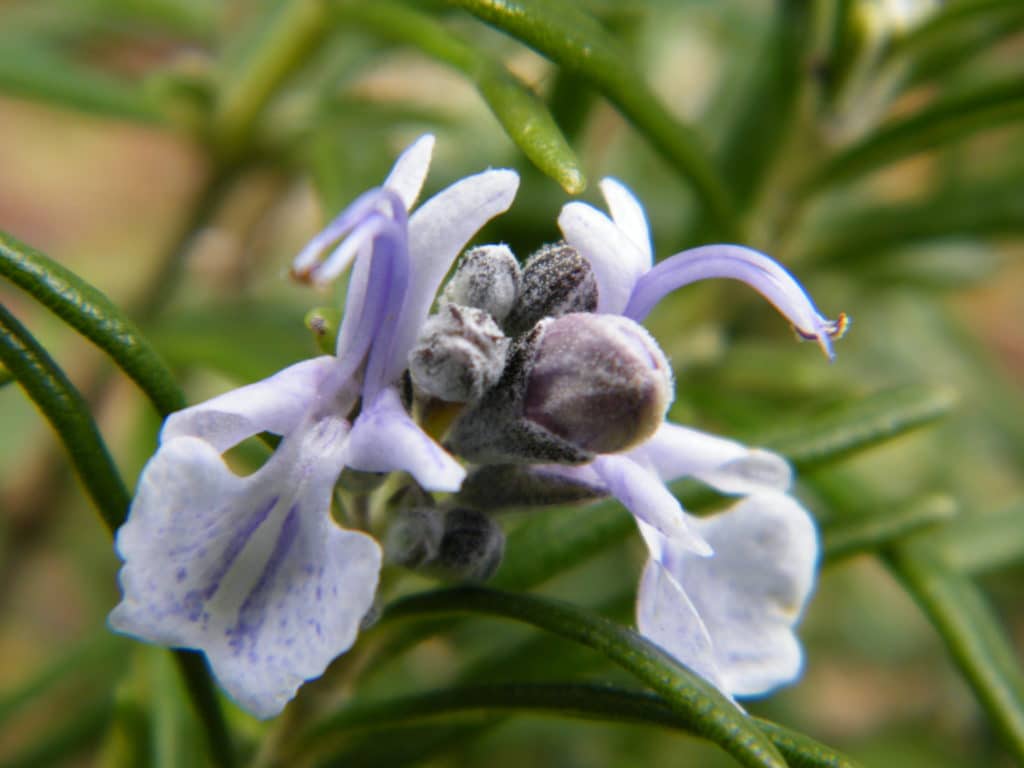Currently Empty: £0.00
Mediterranean herbs
Gardening with Mediterranean Herbs
A list of Mediterranean herbs might include:
- Lavender (Lavandula angustiflolia and other species)
- Marjoram (Origanum majorana)
- Origano (Origanum vulgare)
- Sage (Salvia officinalis)
- Rosemary (Rosmarinus officinalis)
- Tarragon (Artemisia dracunculus)
- Thyme (Thymus vulgaris)
- Winter savory (Satureja montana)
Herbs which like the same conditions should be grown together. The list above all originate from an environment which is warm and dry in the summer and never waterlogged in winter, Therefore it is important to try and reproduce these conditions in our own gardens.
Planting Mediterranean herbs
Choose a sunny site with free-draining soil, adding grit to the planting position to improve drainage. Allow plenty of room for growth around each plant – this will reduce the chances of rotting off in damp weather and prevent the plants from shading each other out.
This type of plant also enjoys being grown in a container, perhaps on a sunny patio.
Pests and diseases
These plants are generally less palatable to slugs and snails due to their tough foliage and high aromatic oil content. An increasing problem in the UK is, however, the rosemary beetle (see image), which is now found in most areas and feeds on the foliage and flowers of lavender, thyme and sage as well as rosemary – pick them off as you see them and destroy.

Propagating Mediterranean herbs
Many Mediterranean herbs such as lavender, rosemary, sage and thyme can be propagated by semi-ripe cuttings in late summer and early autumn, using the current season’s growth that is hard at the base and soft at the tip.
Author & images: Ruth Ridley

